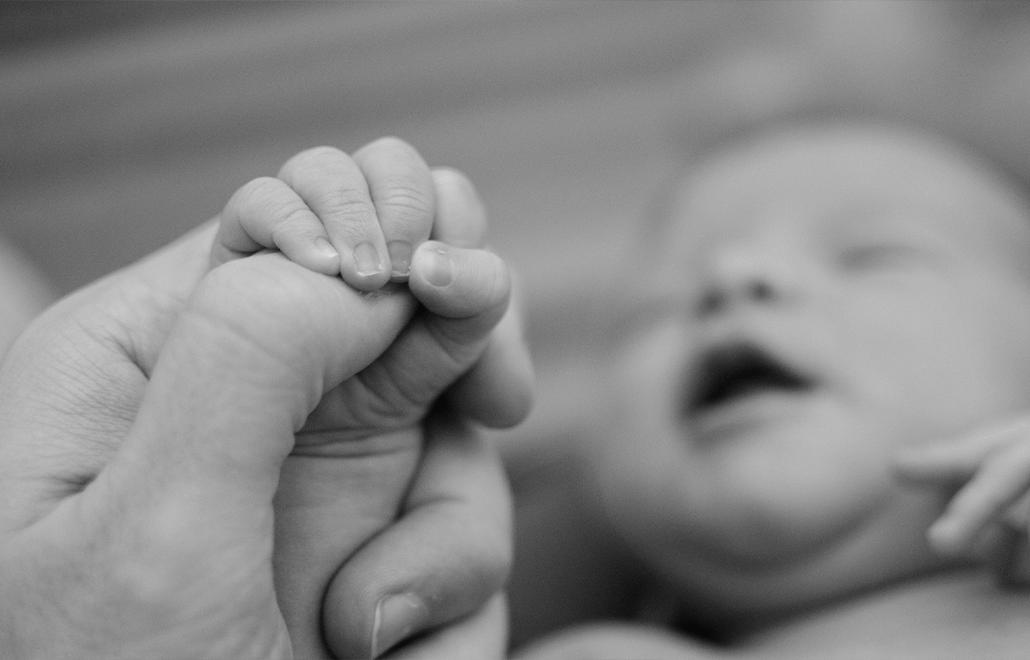
10 Apr Reducing the Risk of Sids and Other Sleep-related Deaths
Sudden Infant Death Syndrome (SIDS) is a heartbreaking tragedy that affects thousands of families every year. While the exact cause of SIDS is unknown, there are several steps that parents and caregivers can take to reduce the risk of SIDS and other sleep-related deaths. In this blog post, we’ll explore some of these steps and provide tips to help keep your baby safe during sleep.
Back-to-Sleep
The American Academy of Pediatrics recommends that all babies should be placed on their backs to sleep until they are one year old. This reduces the risk of SIDS by as much as 50%. Sleeping on the stomach or side increases the risk of SIDS and other sleep-related deaths. Parents should also encourage all caregivers to follow the back-to-sleep guideline.
Firm Sleep Surface
Your baby’s sleep surface should be firm and flat. Soft surfaces, such as pillows, waterbeds, and couches, can increase the risk of suffocation. It’s also essential to avoid putting any loose bedding or toys in the crib, as these can also pose a risk of suffocation.
Room-Sharing
It’s recommended that infants should sleep in the same room as their parents for at least the first six months and ideally for the first year of life. This helps to decrease the risk of SIDS by up to 50% and also makes it easier for parents to monitor their baby’s breathing and movements during sleep.
Avoid Overheating
Babies should be kept warm, but it’s essential to avoid overheating. Overheating can increase the risk of SIDS, so make sure to keep the room temperature comfortable and dress your baby in light clothing. It’s also essential to avoid covering your baby’s head or face while sleeping.
Avoid Smoking
Smoking during pregnancy and after childbirth is a significant risk factor for SIDS. Parents should avoid smoking, and caregivers should avoid smoking around babies. Second-hand smoke can also increase the risk of SIDS.
Breastfeeding
Breastfeeding has been linked to a lower risk of SIDS. Breast milk helps to boost the baby’s immune system, and breastfeeding also promotes safe sleep practices. Parents should try to breastfeed exclusively for the first six months and continue breastfeeding while introducing solid foods until the baby is at least one year old.
Regular Checkups
Regular checkups with your pediatrician are essential for monitoring your baby’s health and development. It’s also an opportunity to discuss any concerns or questions you may have about your baby’s sleep.
In conclusion, reducing the risk of SIDS and other sleep-related deaths is crucial for keeping your baby safe during sleep. Parents and caregivers should follow the back-to-sleep guideline, provide a firm sleep surface, room-share, avoid overheating and smoking, breastfeed, and attend regular checkups with a pediatrician. At Continuum Pediatrics, we are committed to providing personalized care to newborns and infants, and our team of board-certified pediatricians can provide guidance and support to parents who may have questions about safe sleep practices.

